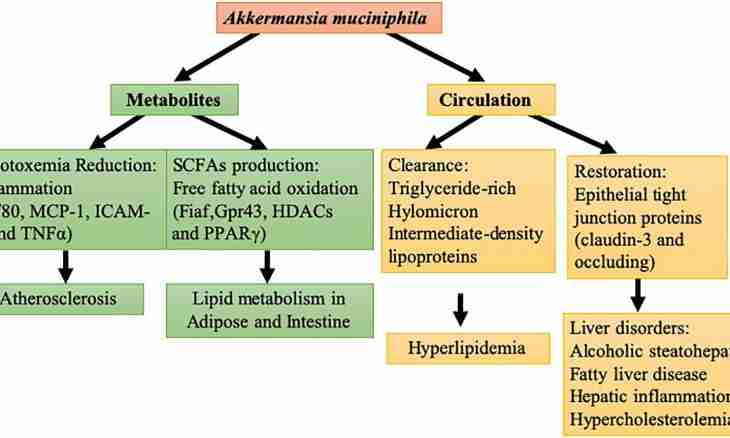Finding of a conditional extremum of function belongs to a case of function of two or more variables. Then the convention about which it is comes down to the setting some fixed function parameters.
Simplification of parametrical function
The conditional extremum of function, as a rule, belongs to a case of function of two variables. Such function is defined by dependence between some variable z and two independent variables x and y of the z=f type (x, y). Thus, this function represents some surface if to present it graphically.
The parametrical dependence set when determining a conditional extremum is some curve determined by the ratio connecting two independent variables. Parametrical expression of g (x, y) =0 in certain cases it is possible to rewrite in other look, having expressed variable y through x. Then it is possible to receive the equation of y=y (x). Having substituted this equation in dependence of z = to f (x, y), it is possible to receive z=f equation (x, y(x)) which becomes in this case already dependence only on the X variable.
It is possible to find an extremum further as it becomes in a situation with one variable. This procedure comes down, first of all, to definition of derivative this z=f function (x, y(x)). After that it is necessary to equate derivative of function to zero and to express variable x, having determined by that an extremum point. Having substituted this value of a variable in expression of the function, it is possible to find the maximum or minimum value under the set condition.
General case of finding of an extremum
If the parametrical equation of g (x, y) =0 it is impossible to resolve concerning one of variables in any way, the conditional extremum is found, using Lagrange's function. This function represents the sum of two other functions, one of which is the initial studied function, and another – the work of some constant l and parametrical function, that is L = f (x, y+lg (x, y). In this case a necessary condition of a possibility of existence of an extremum at function z = f (x, y) on condition of respect for identity of g (x, y) =0 is equality to zero all private derivatives of function of Lagrange: dL/dx=0, dL/dy=0, dL/dl=0. Each of the equations after carrying out operation of differentiation will give some dependence of three variables x, y and l. Having three equations with three variables, it is possible to find each of them in an extremum point. Then it is necessary to substitute value of a "iksovy" and "igrekovy" variable in the equation of function which conditional extremum is defined, and to find a maximum or at least of this function z = to f (x, y) under the set g condition (x, y) =0. This method of definition of a conditional extremum is called Lagrange's method.

